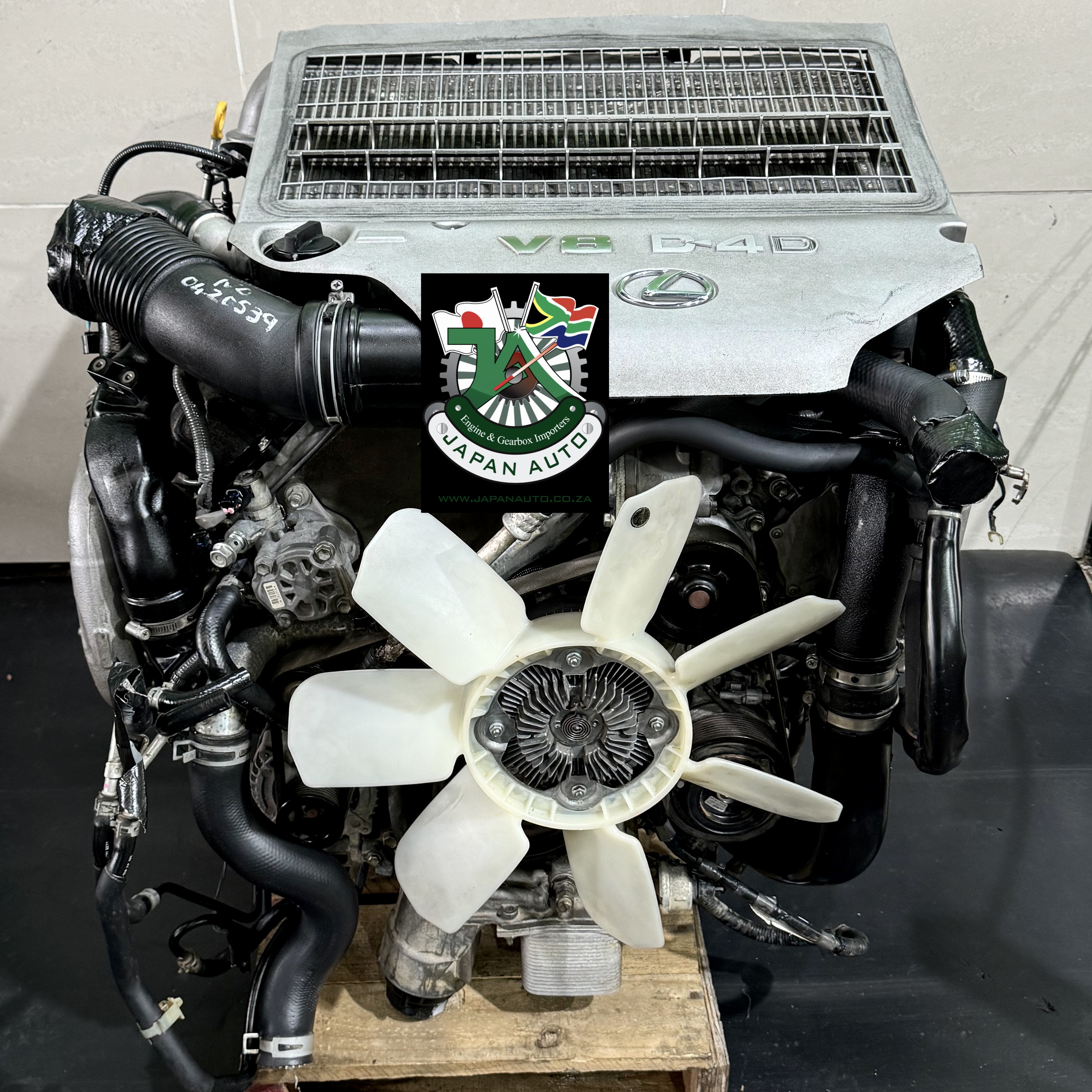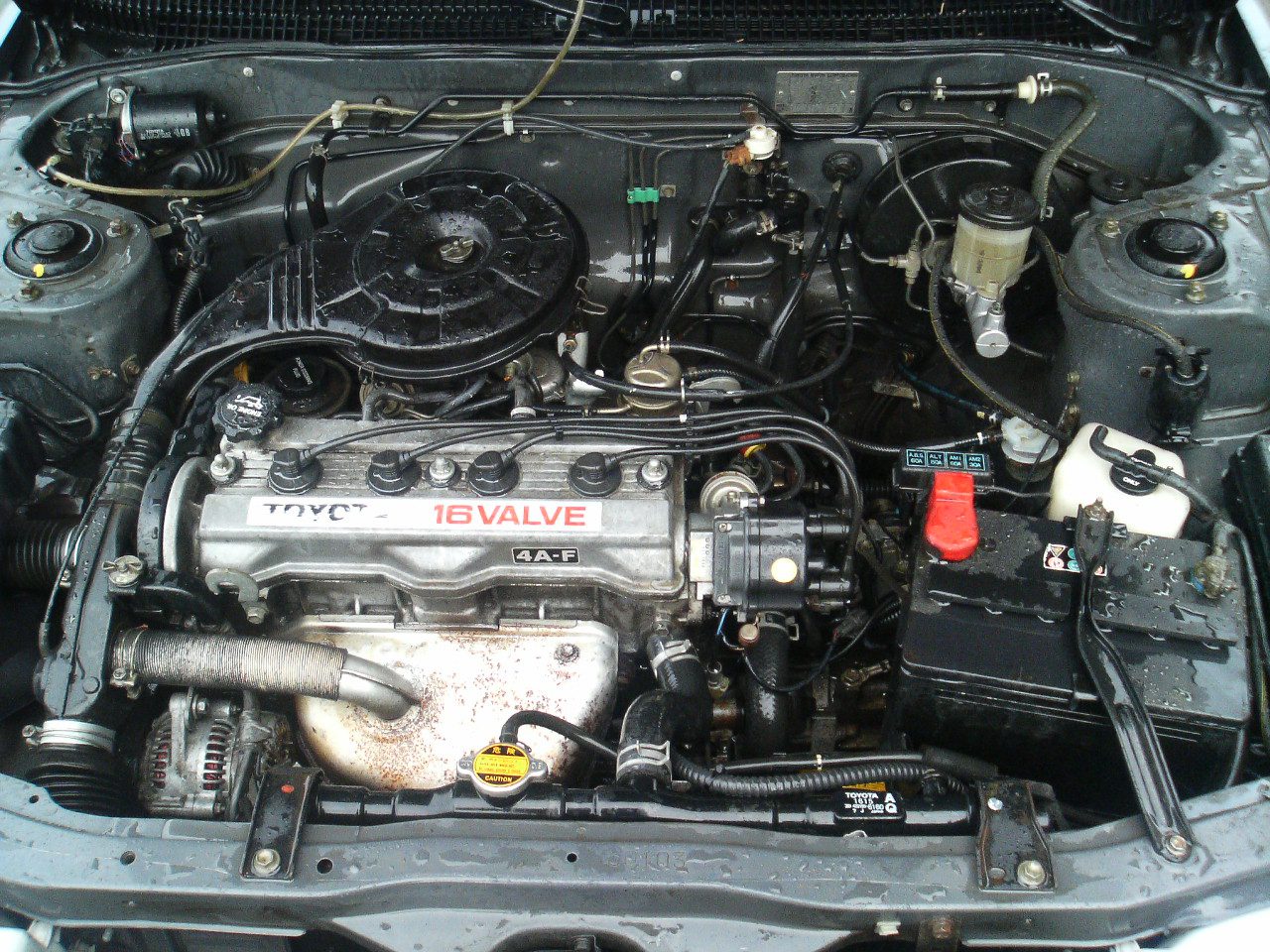Toyota Tazz: Exploring Its Legacy and Continued Appeal Among Drivers
Discover the current Trends in Engine Technology Through Tazz
In the rapidly progressing landscape of vehicle modern technology, Tazz stands at the forefront, highlighting significant innovations in engine systems that focus on both innovation and sustainability. From hybrid engines that optimize fuel effectiveness to the emergence of hydrogen fuel cells, the fads shaping modern-day powertrains are not just improving performance however additionally addressing essential ecological difficulties.
Hybrid Engine Innovations
Hybrid engine developments represent a crucial change in vehicle innovation, integrating the benefits of internal combustion engines with electric propulsion systems. This combination not just boosts gas efficiency however additionally lowers discharges, meeting progressively stringent environmental guidelines. By utilizing both energy sources, hybrid engines can enhance performance, supplying power when needed while conserving fuel during much less requiring driving conditions.
Current developments in hybrid modern technology consist of renovations in battery performance and regenerative braking systems. These advancements enable greater energy recuperation throughout deceleration, which can be rerouted to help in velocity or power accessory systems. Moreover, suppliers are concentrating on light-weight products and compact layouts to make best use of the efficiency of hybrid powertrains.
The development of plug-in hybrids has actually also expanded the market, making it possible for drivers to charge their vehicles using standard electric outlets. This attribute frequently enables for significant all-electric range, additional decreasing dependence on typical gas. tazz. As the automobile industry continues to progress, hybrid engine technologies are anticipated to play a crucial function in bridging the gap in between traditional automobiles and totally electric versions, providing a transitional remedy that accommodates varied consumer requirements and choices
Developments in Electric Powertrains
The automobile landscape is quickly evolving, with electric powertrains becoming a leading pressure in lasting transportation. Developments in electrical automobile (EV) technology are considerably boosting performance, performance, and user experience. Trick technologies include enhancements in battery chemistry, which have boosted energy density, decreased charging times, and prolonged general battery life.
Solid-state batteries, for instance, guarantee to transform the market by providing better safety and effectiveness contrasted to traditional lithium-ion cells. Furthermore, innovations in regenerative stopping systems are enabling automobiles to recover energy during slowdown, adding to overall effectiveness.
In enhancement to battery technology, electric motor styles are coming to be much more sophisticated. Innovations such as integrated electric motors and advanced thermal administration systems are helping to maximize power delivery and lower weight, eventually boosting lorry dynamics.

Jointly, these developments emphasize the commitment to shift towards cleaner, extra reliable transport services, positioning electric powertrains at the forefront of vehicle development.
The Rise of Hydrogen Gas Cells
Progressively, hydrogen fuel cells are getting grip as a viable choice to traditional interior burning engines and battery electric automobiles. This modern technology utilizes the chemical power stored in hydrogen, converting it into electrical energy with an electrochemical response with oxygen. The main result of this process is water, making hydrogen read review gas cells an eco pleasant option with no exhausts at the tailpipe.

Automakers are increasingly purchasing hydrogen fuel cell innovation, acknowledging its capacity for long-range applications and quick refueling abilities that rival standard gas. Furthermore, sectors such as durable transport and public transit are especially fit for hydrogen gas cells, where battery electric services might fail as a result of weight and array restrictions.
As research and investment proceed to expand, hydrogen gas cells are poised to play a considerable function in the future landscape of clean transportation and energy options.
Enhancements in Internal Combustion Engines
Advancements in interior burning engine (ICE) technology are changing standard vehicles to satisfy contemporary environmental criteria and performance expectations. Direct gas shot, for instance, allows for much better atomization of fuel, leading to even more full combustion and improved power output.
Furthermore, turbocharging has gained prestige, allowing smaller sized engines to deliver greater efficiency without the weight of larger engines - tazz. This modern technology not just enhances effectiveness yet also adds to decrease gas consumption. Variable valve timing systems are likewise being fine-tuned, enabling engines to adjust to various driving conditions for enhanced torque and responsiveness
Additionally, making use of lightweight materials in engine building and construction is coming to be basic, further improving fuel effectiveness by decreasing overall vehicle weight. Engine control systems (ECUs) are progressively sophisticated, making it possible for real-time changes that maximize efficiency and exhausts.
These enhancements collectively signify a critical shift in ICE innovation, straightening with worldwide sustainability objectives while still supplying the performance vehicle drivers get out of their cars. As the market develops, these enhancements continue to form the future of conventional vehicle engineering.
Future Fads in Engine Effectiveness
Substantial improvements in engine efficiency are anticipated as manufacturers concentrate on incorporating cutting-edge modern technologies to meet rigid ecological laws and find consumer needs. The change towards electrification, crossbreed systems, and alternate fuels is reshaping the vehicle landscape, driving developments that improve gas economic climate and reduce emissions.
One of the essential fads is the execution of sophisticated materials and producing methods. Light-weight compounds and high-strength alloys add to lowered lorry weight, hence boosting general performance. In addition, the fostering of turbocharging and variable valve timing innovations enables improved power output from smaller sized engines, additionally boosting fuel pop over to this web-site economy.

Conclusion
Technologies in crossbreed engine systems, electrical powertrains, and hydrogen gas cells demonstrate a commitment to reducing exhausts while improving efficiency. Renovations in interior combustion engines and an emphasis on lightweight materials add to overall engine performance.
From hybrid engines that optimize gas effectiveness to the emergence of hydrogen gas cells, the trends forming contemporary powertrains are not just improving efficiency yet likewise addressing crucial ecological challenges.Hybrid engine technologies stand for a pivotal shift in automotive technology, integrating the advantages of internal combustion engines with electrical propulsion systems.In addition, turbocharging has acquired prominence, allowing smaller engines to provide higher efficiency without the weight of bigger engines. In addition, the adoption of turbocharging and variable shutoff timing technologies enables for boosted power output from smaller engines, even more improving fuel economic climate.
Enhancements in interior burning engines and a focus on lightweight materials contribute to overall engine effectiveness.